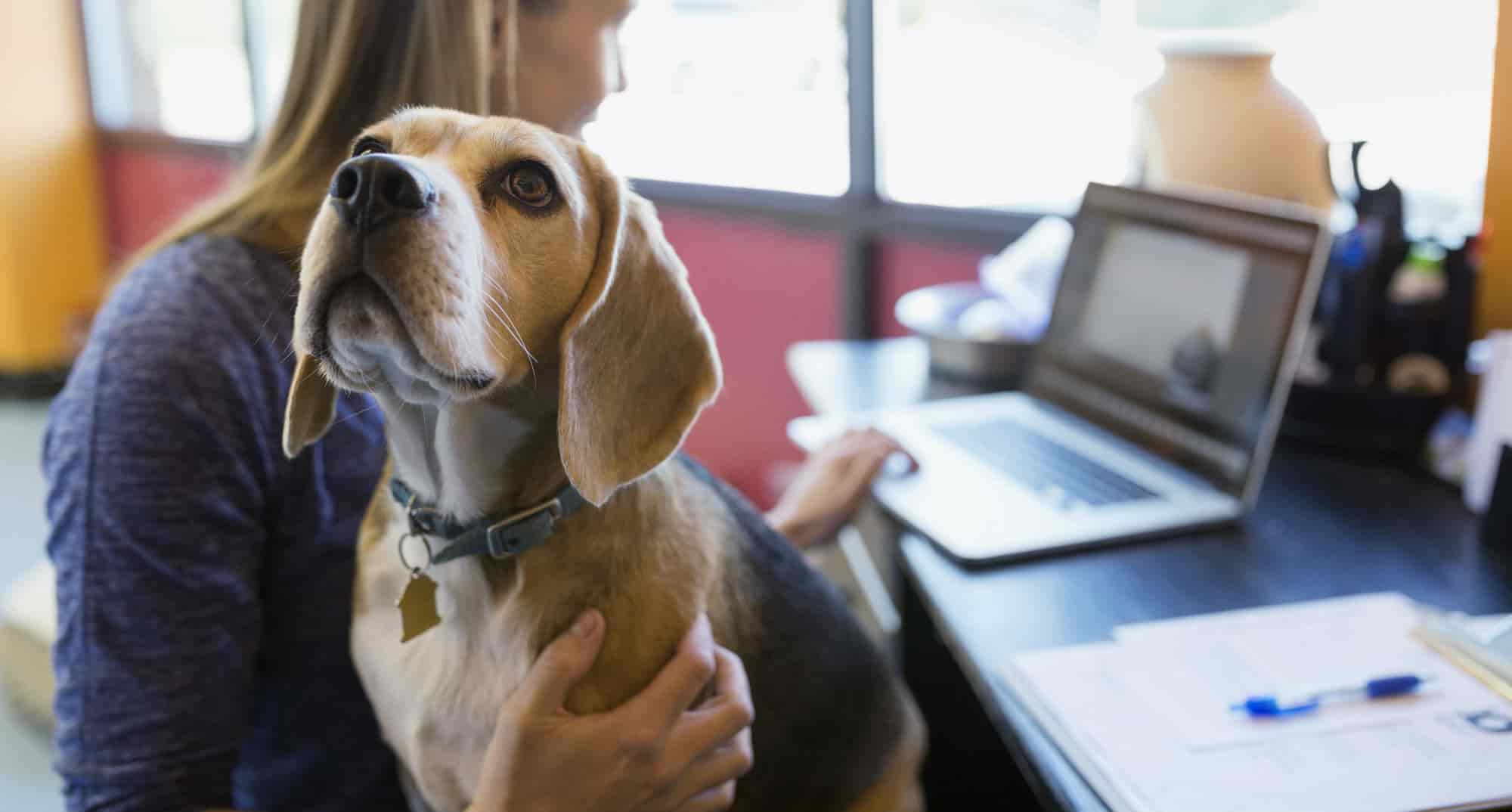What are some tips on how to break a dog’s separation anxiety?
Original Question: What are some practical tips for reducing separation anxiety in a Vizsla? This dog is well known as the Velcro dog - Donna
 Mar 5, 2018
Mar 5, 2018
Hi Donna,
Thanks for your question.
Canine separation anxiety is a really common problem. There are breeds that are more prone to it. These would be the breeds that are working dogs or are highly intelligent and they aren’t getting enough stimulation or exercise. Separation anxiety is almost always purely behavioral in nature. It’s possible that medical conditions can contribute to the stress a dog feels so it’s always a good idea to see your veterinarian whenever your dog has seemingly developed a behavioral problem just to ensure that there’s no underlying medical condition contributing to it.
There are a few ways to treat separation anxiety. I’ll discuss them from the least to the most aggressive.
By getting the dog out for lots of exercise throughout the day and really tiring it out, you may find that the severity of the separation anxiety diminishes. Of course, you can also provide environmental stimulation while you’re away to take their mind off the stress of being alone. You can leave the television on, play the radio, buy new toys and rotate them daily or weekly. You can also use food by taking firm plastic toys filled with peanut butter and freeze them so that it takes the dog a long time to work the treat out of them (you can even find recipes for this type of thing online). There is a popular product that I don’t want to mention the name of that you can find in any pet supply store (I try not to endorse or support any product or service on this website because I can get into licensing trouble).
The next thing to try is behavioral modification. We use the strategy called desensitization and counterconditioning to resolve separation anxiety. Desensitization means that you want to reduce the impact of each little stimulus that contributes to separation anxiety. For example, when you start preparing to leave the house, grab your keys and put your coat on and then walk out the door. All of these tactics will start to wind up your dog and get them stressed. So what you want to do is put your coat on, get your keys, and then go sit on the couch and watch TV for a while. This will confuse your dog or more importantly, it will reduce the strength of that stimulus to create separation anxiety. By doing this your dog doesn’t know whether it’s really going to be left alone for long periods of time when you get your coat on. You can also try doing this many times and then start walking out the door, but only for a few seconds and then walk back inside. Over time, you can start to leave for longer periods of time like 10 seconds, 30 seconds, a full minute, then five minutes and return. Basically, you work up to longer periods of time and desensitize them from the cues over the course of weeks or months. While you’re doing this, you’ll want to implement counter-conditioning. Counter-conditioning is taking your dogs stressed and anxious emotion and turning it into a happy emotion. We do this by giving treats during the times that we expose them to the cues that would typically cause stress. For example, when you put your coat on and get your keys, then walk to the door, step outside for five seconds and walk back in and give your dog a really good treat. Use these treats while you’re performing these cues and your dog will start to be happy about seeing these things instead of being stressed. You can probably understand after reading all of this that it takes a lot of time, commitment and a great deal of patience to implement the strategy. Some dogs will do really well with it and others will have such bad separation anxiety that these behavioral modification techniques will not be enough.
For severe separation anxiety in dogs that will not respond to the suggestions I mentioned, then the next step is to consider medication. I always have clients start with an anti-anxiety supplement. You can speak to your veterinarian about the different products out there that are healthy or natural and can produce an anti-anxiety effect. These products have a good track record but in some cases they’re still not enough to work. The last and most aggressive treatment is to use an actual medication. Unfortunately, most of the cases of separation anxiety that I’ve seen usually require this level of intervention. There are a couple of medications that work extremely well for calming a dog with separation anxiety and these are Clomipramine, Fluoxetine and others. Again, you’ll want to speak to your veterinarian about these options and consider performing blood work before starting them just to make sure that there are no liver conditions that these medications will contribute to. Your veterinarian will be able to help you with this.
I hope this helps. Good luck!
Dr. Clayton Greenway


Disclaimer: healthcareforpets.com and its team of veterinarians and clinicians do not endorse any products, services, or recommended advice. All advice presented by our veterinarians, clinicians, tools, resources, etc is not meant to replace a regular physical exam and consultation with your primary veterinarian or other clinicians. We always encourage you to seek medical advice from your regular veterinarian.

